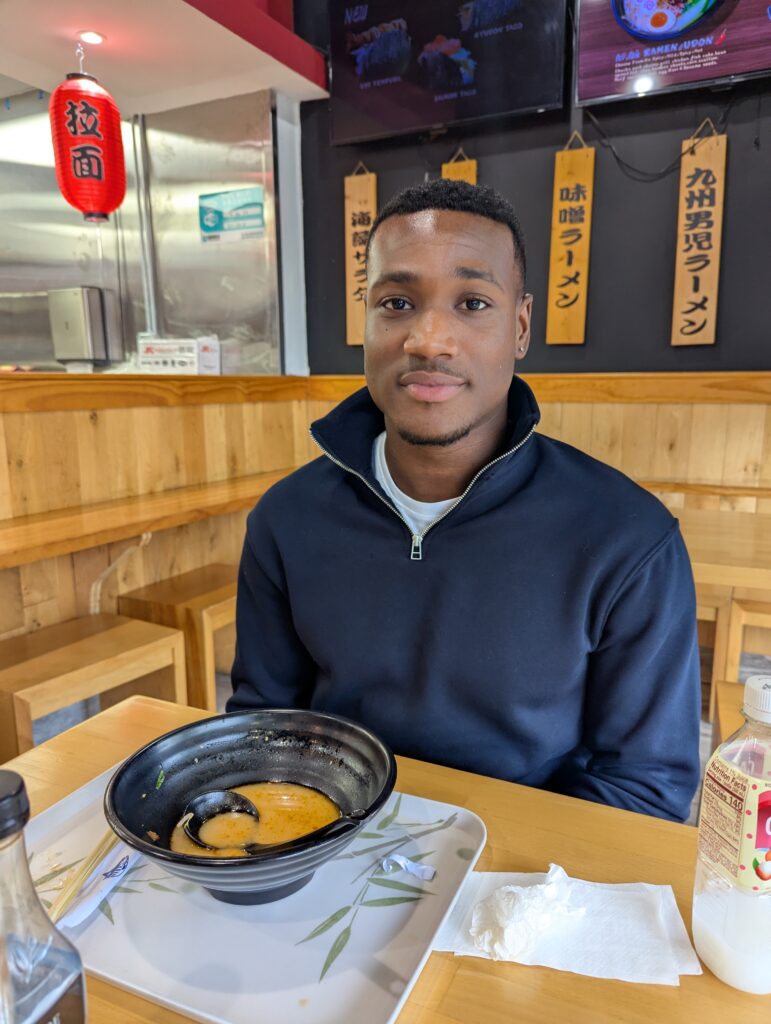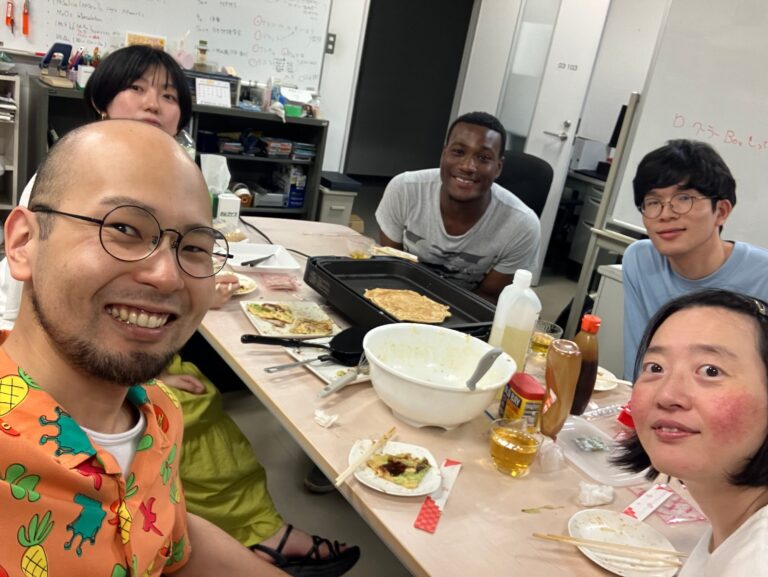Expanding Scientific Horizons Summer Research Fellows
2025 Fellow
Kerdeem Nurse Farrell – https://www.linkedin.com/in/
A summary of his research is presented below.



Research Summary
In the Kobayashi laboratory Kerdeem carried out research in the increasingly popular field of spintronics, a branch of electronics that exploits the intrinsic spin of the electron, along with its fundamental electronic charge for improved information storage in solid state devices. His research focused on enhancing the chiral-induced spin selectivity (CISS) effect in solid-state devices. The Kobayashi group seeks to develop chiral molecular intercalated superlattice (CMIS) architecture. These structures consist of self-assembled chiral molecular layers intercalated between two-dimensional (2D) atomic crystal sheets. By stabilizing chiral
molecules within a solid-state lattice, CMIS structures offer a promising pathway to engineer a new class of 2D materials with tunable, deterministic electronic properties—potentially advancing the performance and integration of spintronic devices.
His specific research focused on growing and characterizing Molybdenum Trioxide (MoO3) crystals. These crystals were intercalated with left-hand α-Phenylethylamine (s-(-)-1-MBA) chiral molecules to create a MoO3/s-MBA CMIS structure. The crystals were characterized by X-ray diffraction prior to and following chiral molecule intercalation to note a negative 2𑁜
degree shift, confirmation of increased spacing between crystallographic layers and successful intercalation. Future research will repeat the process with the right-hand α-phenylethylamine (r-MBA) molecule for comparison.
2026 Fellows

